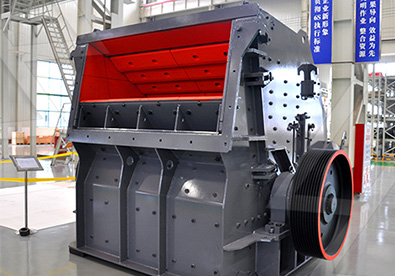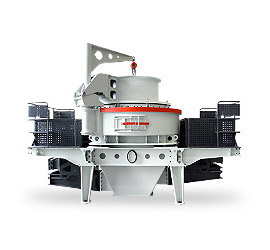A three-stage crusher plant is a crushing setup designed to process raw materials into finer, more uniform sizes through three distinct stages of crushing. This configuration is commonly used in mining, quarrying, and aggregate production to achieve optimal particle size reduction efficiently.
Components of a Three-Stage Crusher Plant
1. Primary Crushing (1st Stage)
– Equipment: Jaw crusher or gyratory crusher.
– Function: Reduces large raw material (e.g., blasted rock) to a coarse size (~150–300 mm).
– Output: Suitable for secondary crusher feed.
2. Secondary Crushing (2nd Stage)
– Equipment: Cone crusher or impact crusher.
– Function: Further reduces material to medium-sized particles (~20–70 mm).
– Output: Prepares material for final crushing or screening.
3. Tertiary Crushing (3rd Stage)
– Equipment: Cone crusher, vertical shaft impactor (VSI), or fine impact crusher.
– Function: Produces finely crushed material (~5–20 mm) for specific applications like concrete, asphalt, or railway ballast.
 Advantages of a Three-Stage Plant
Advantages of a Three-Stage Plant
– Better Particle Shape Control: Gradual reduction improves cubical product shape.
– Higher Efficiency: Each stage optimizes load distribution, reducing wear and energy consumption.
– Flexibility: Can be adjusted for dif ent end-product requirements (e.g., aggregates vs. sand).
ent end-product requirements (e.g., aggregates vs. sand).
Typical Flow Process
1. Raw material → Primary crusher → Coarse output → Conveyor belt → Secondary crusher → Medium output → Screening (optional) → Tertiary crusher → Final product.
Applications
– Aggregate production for construction.
– Mining operations (e.g., iron ore, limestone).
– Railway ballast and road base materials.
Key Considerations
– Feed size and hardness of the material dictate crusher selection.
– Screening between stages may be added to remove fines early and improve efficiency.
Would you like recommendations on specific equipment models or layouts based on your project needs?





Leave a Reply